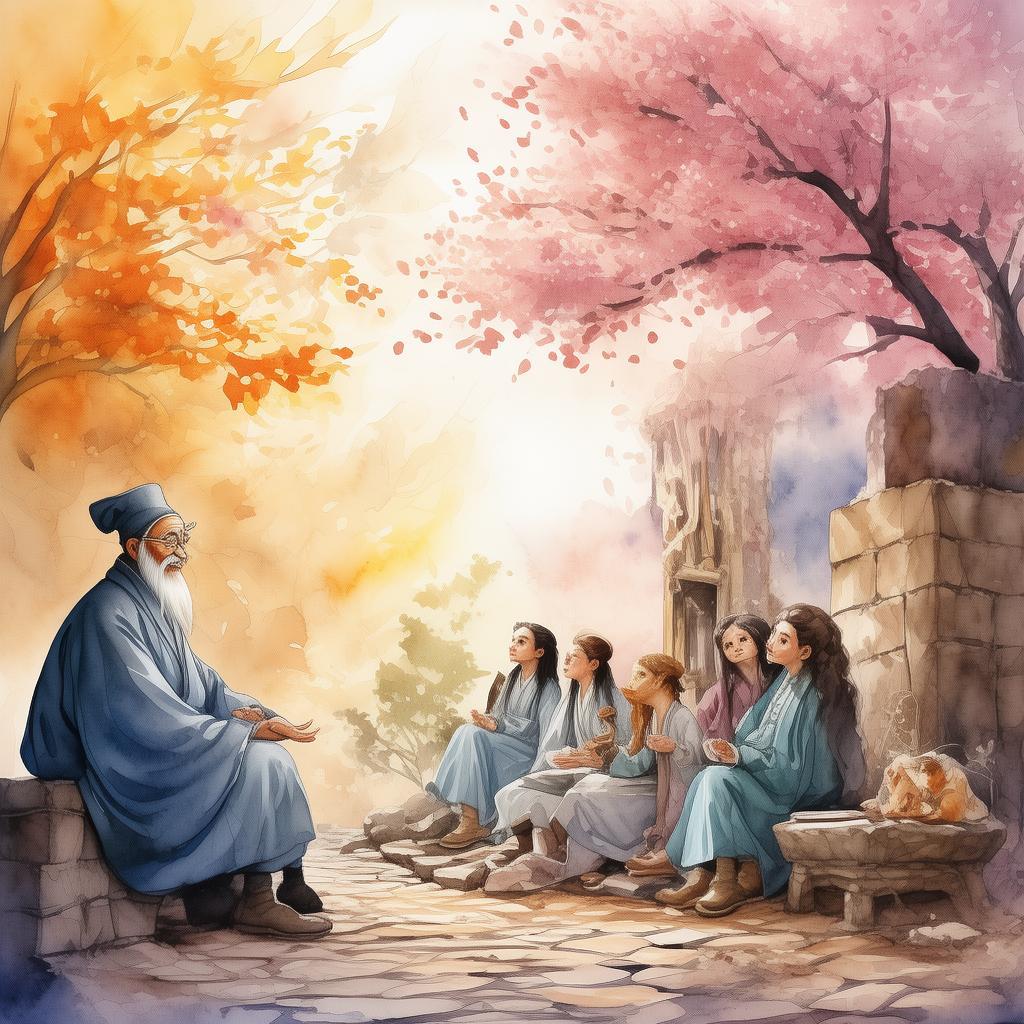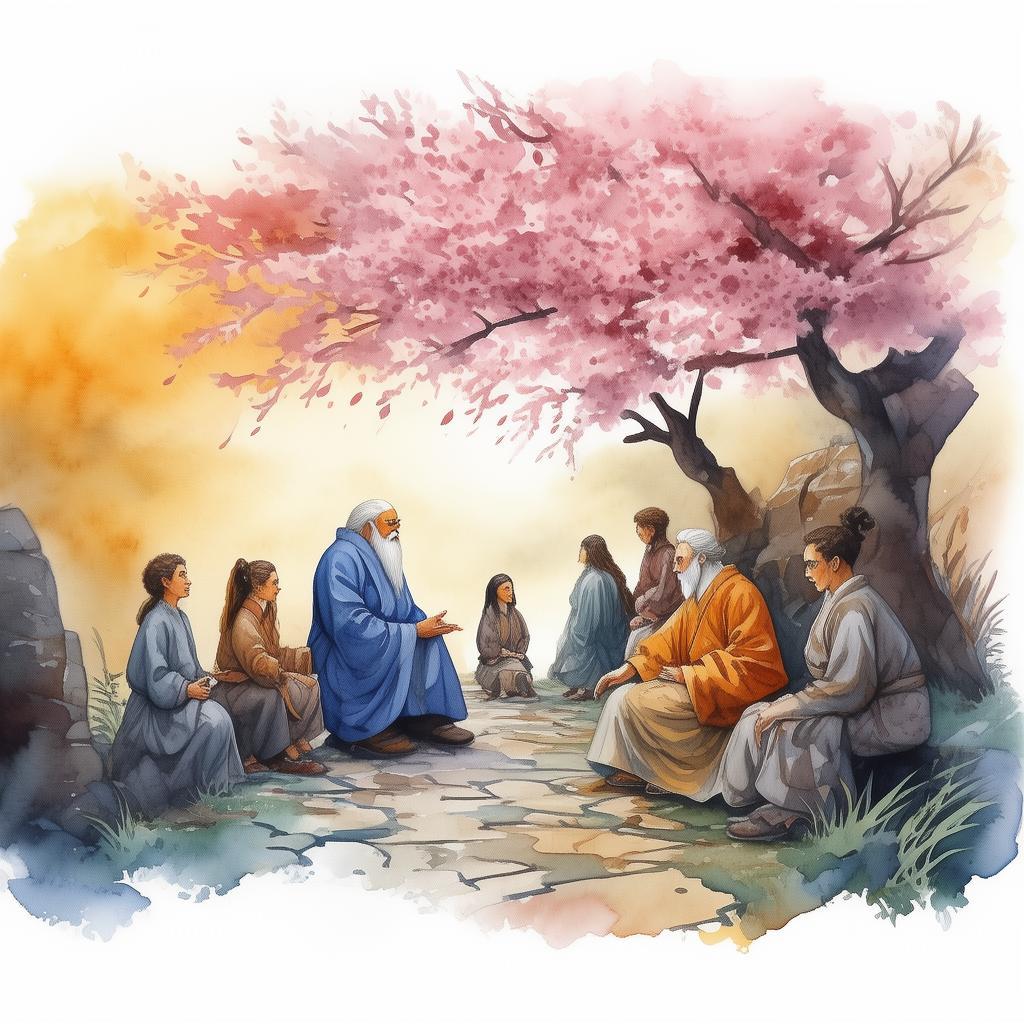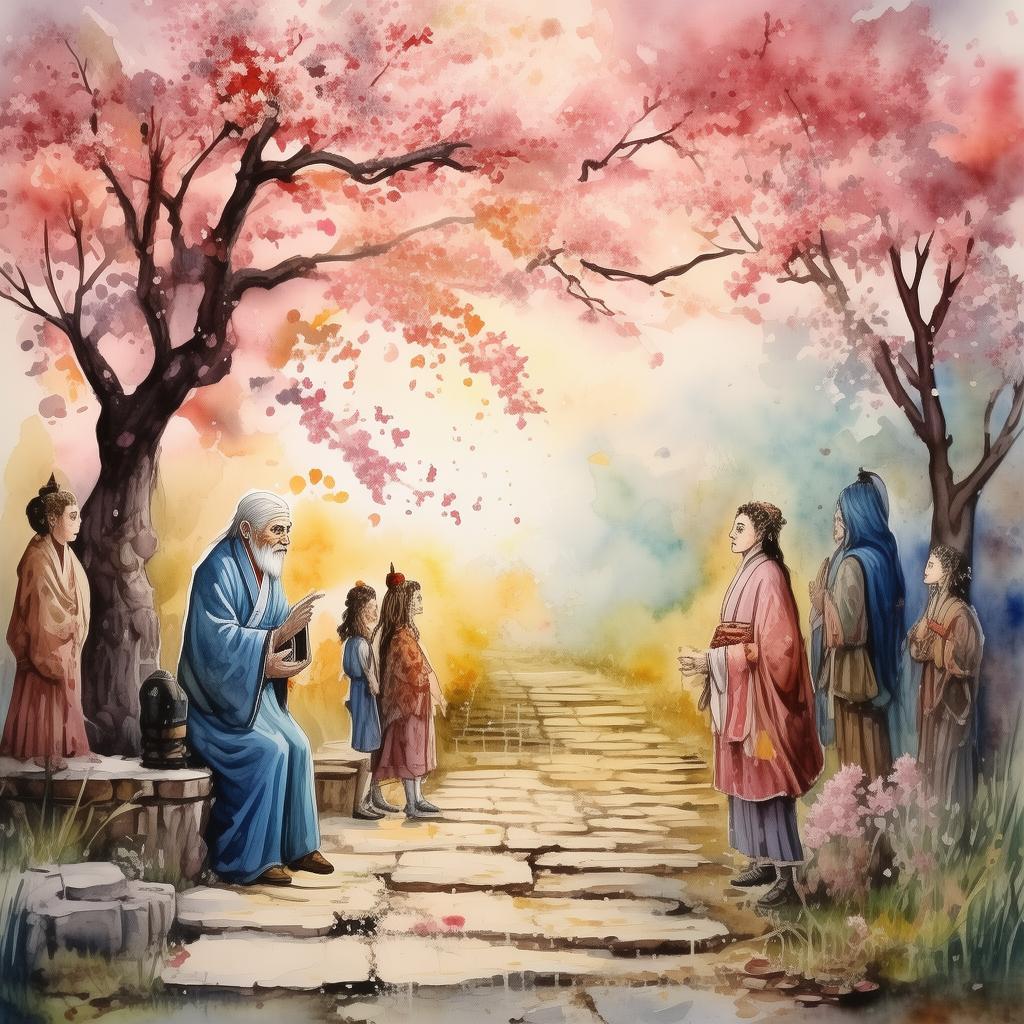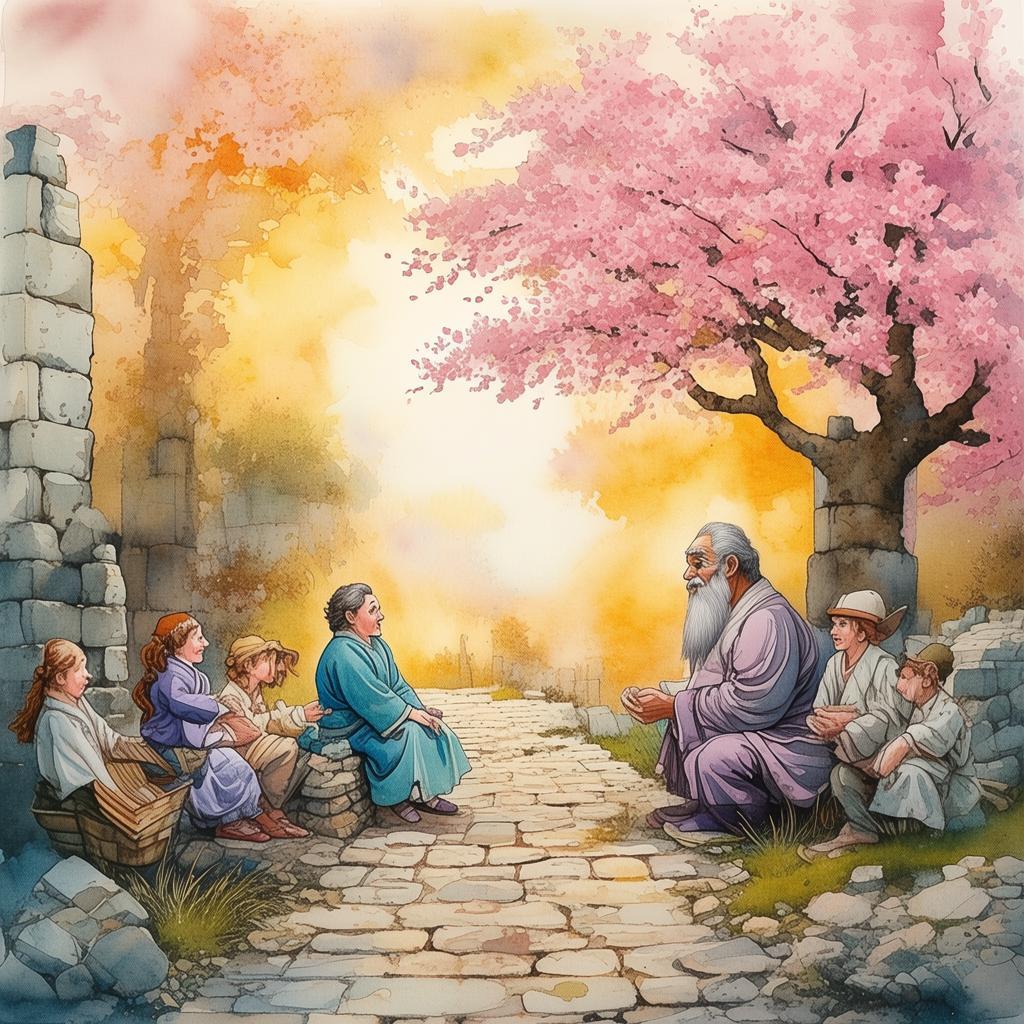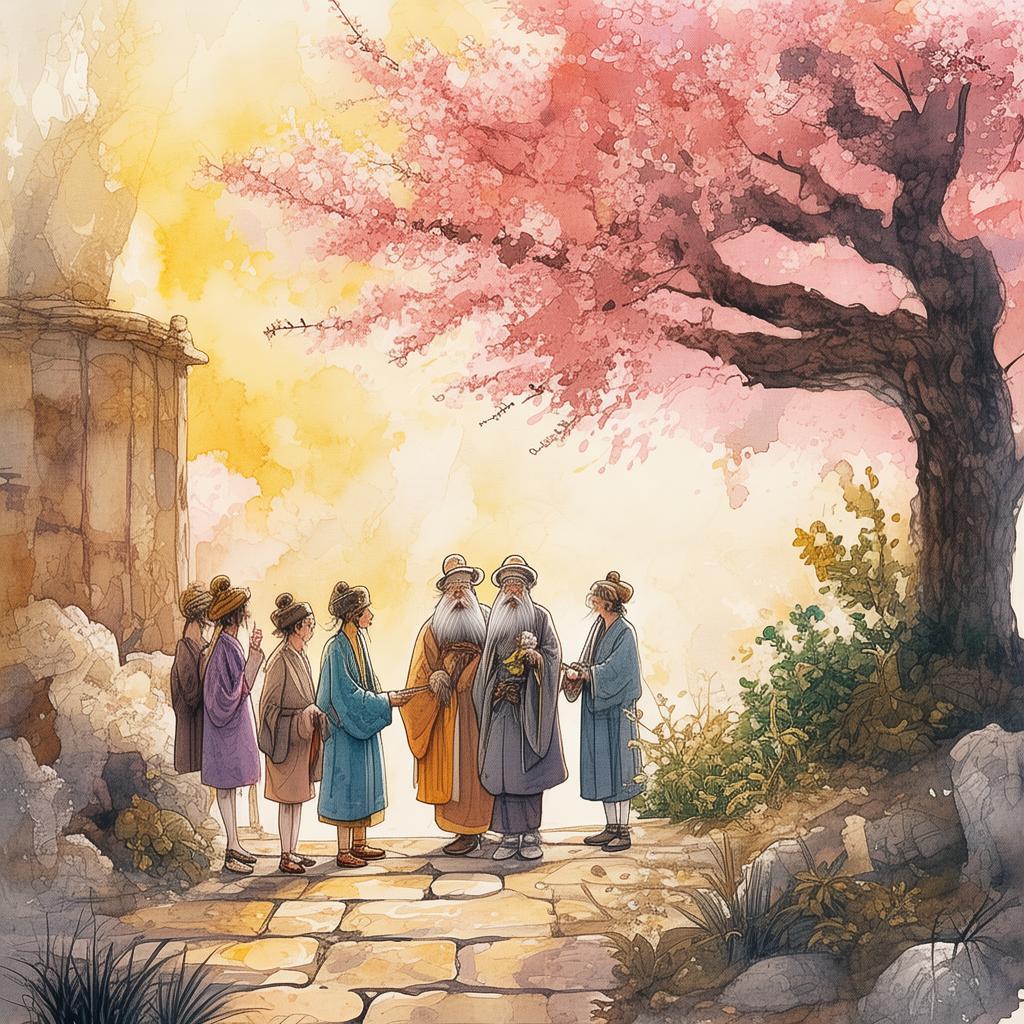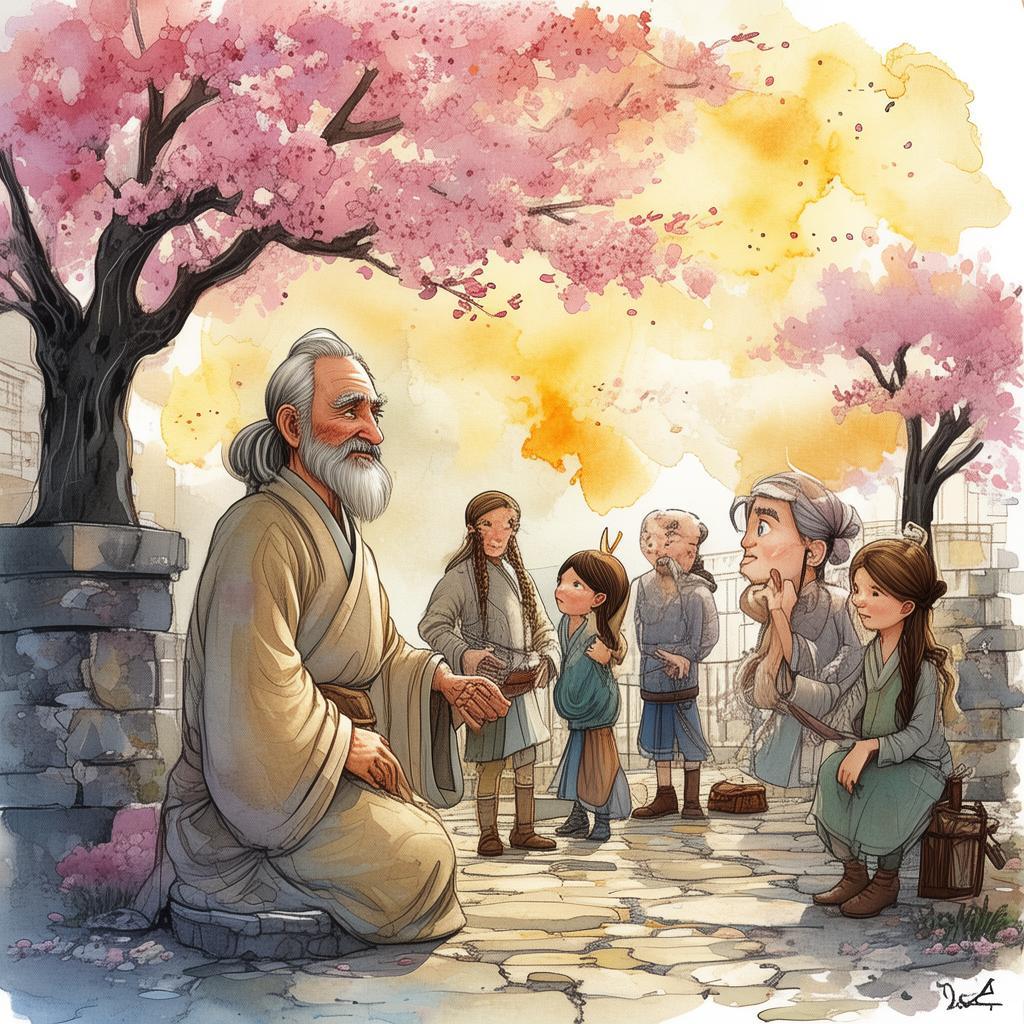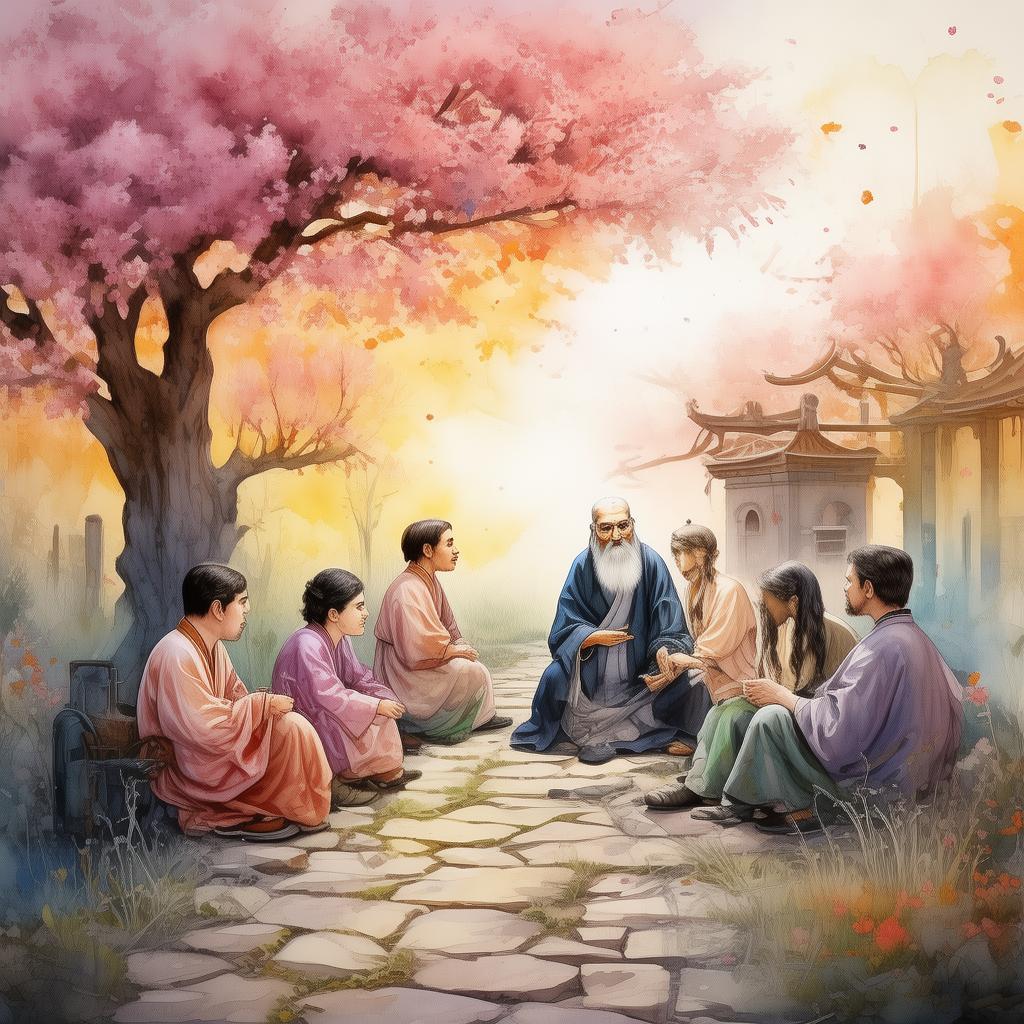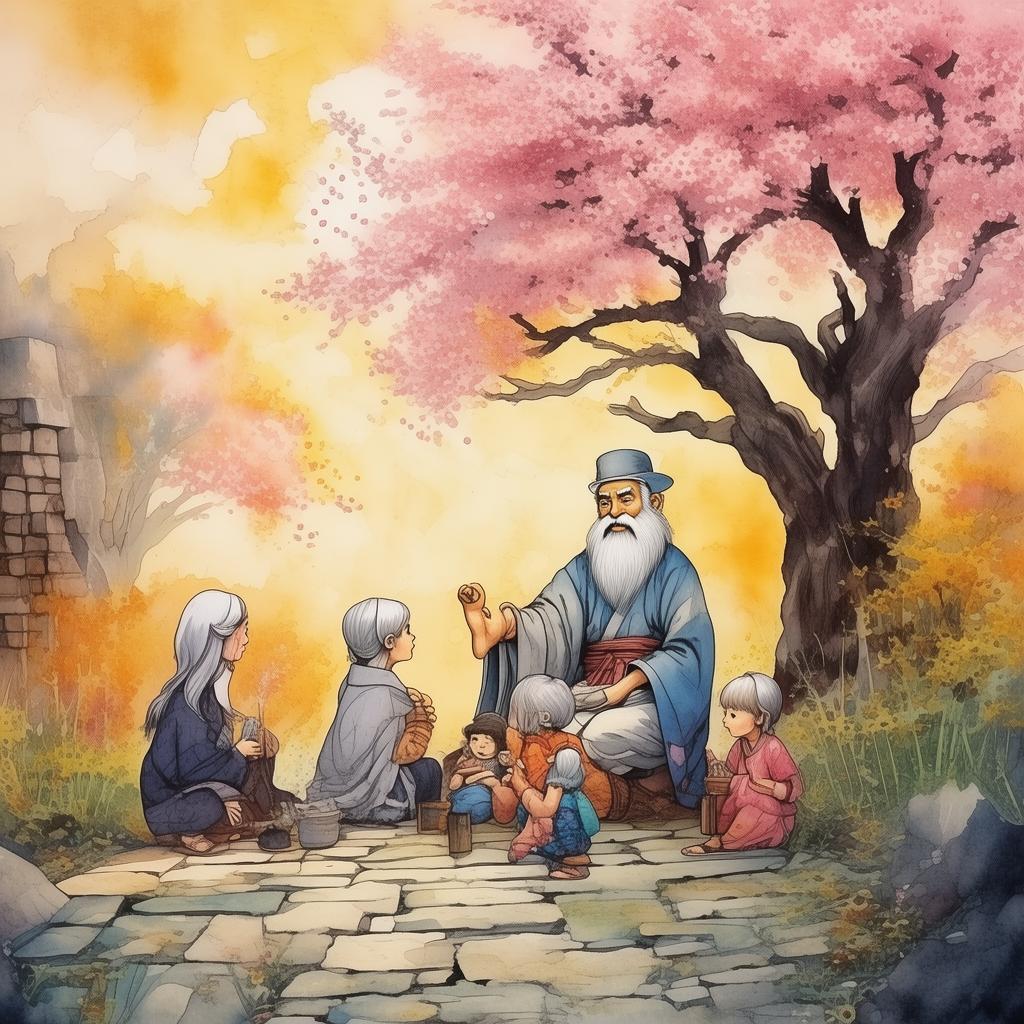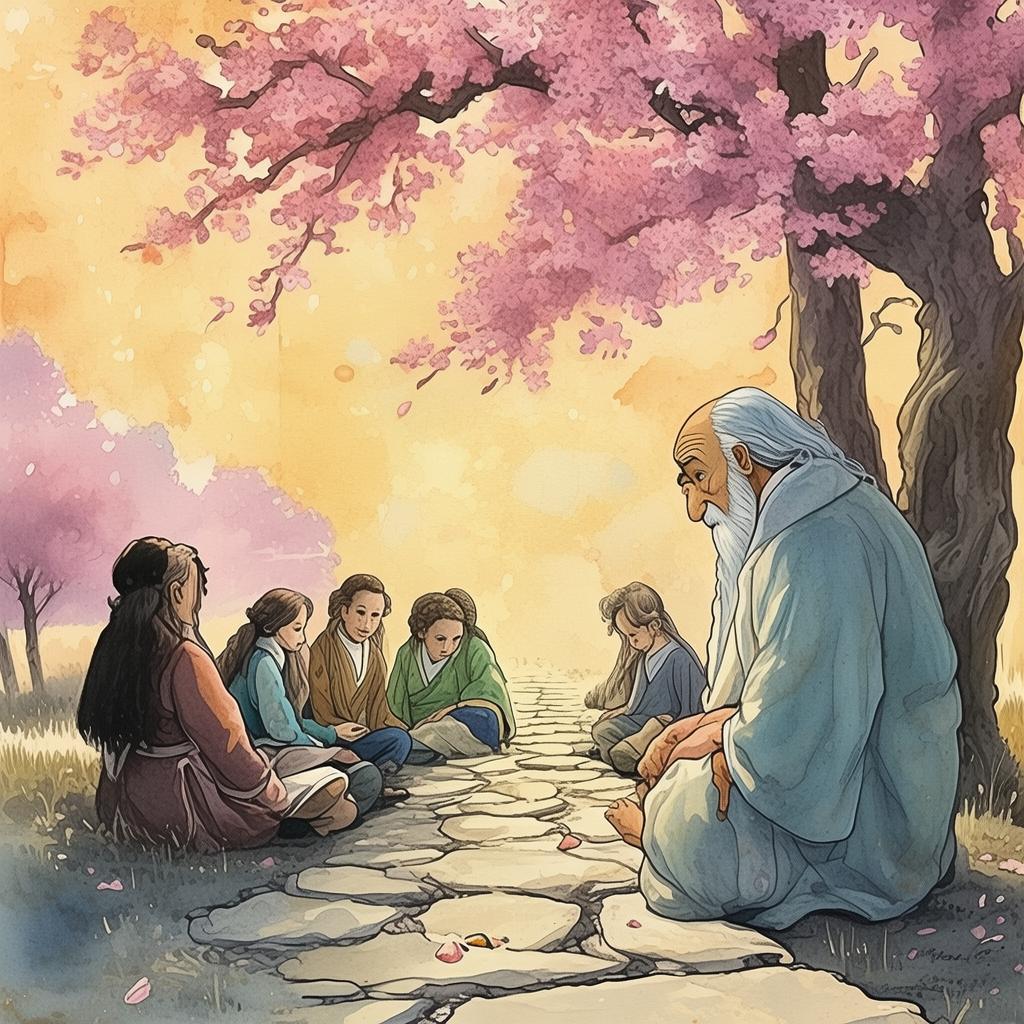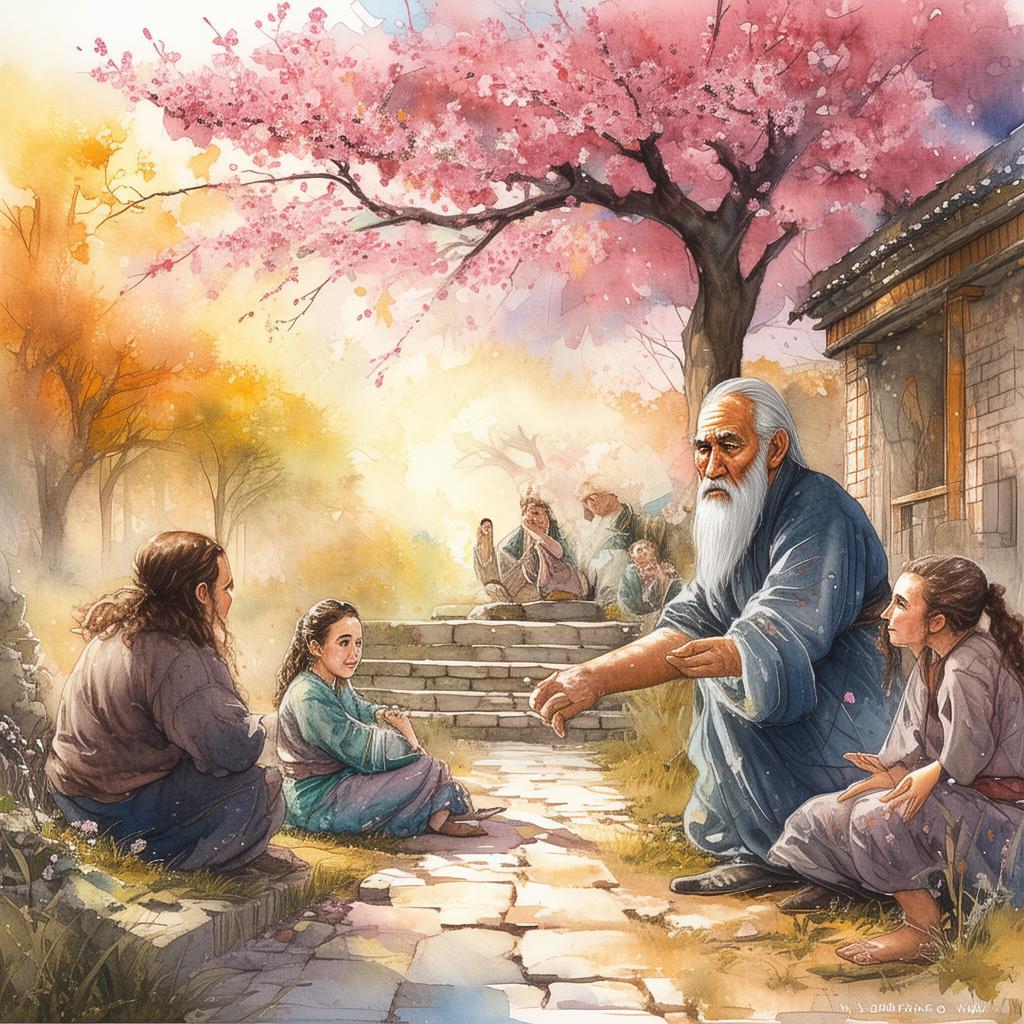Twisted Reflections: The Peking Opera's Gout Dilemma
In the heart of Beijing, where the ancient city meets the modern, there was a Peking Opera master named Liang Chun. His hands, calloused and skilled, could weave the most beautiful faces from paper, and his voice, like a siren's song, could draw an audience into a world of drama and sorrow. Yet, as the years passed, he found himself entangled in a painful paradox—a dance of gout's dilemma that threatened to unravel his life and art.
Liang Chun's gout had begun subtly, a mere ache in his big toe that worsened with each performance. The pain was like a whisper at first, but soon it grew into a scream, a relentless torment that gnawed at his soul. The Peking Opera, a tradition steeped in history and ritual, required the utmost physical prowess. Liang Chun, however, was now confined to the delicate balance of his chair, his movements restricted by the inflammation that plagued him.
The paradox was this: the very art that brought him joy and recognition was now his nemesis. Each performance was a dance of pain, a struggle to maintain his artistry in the face of his failing body. His fans, who once adored him for his mastery, now pitied him for his plight. Liang Chun, however, was not one to succumb to self-pity. He saw his gout as a challenge to his resolve, a test of his commitment to the art he loved.
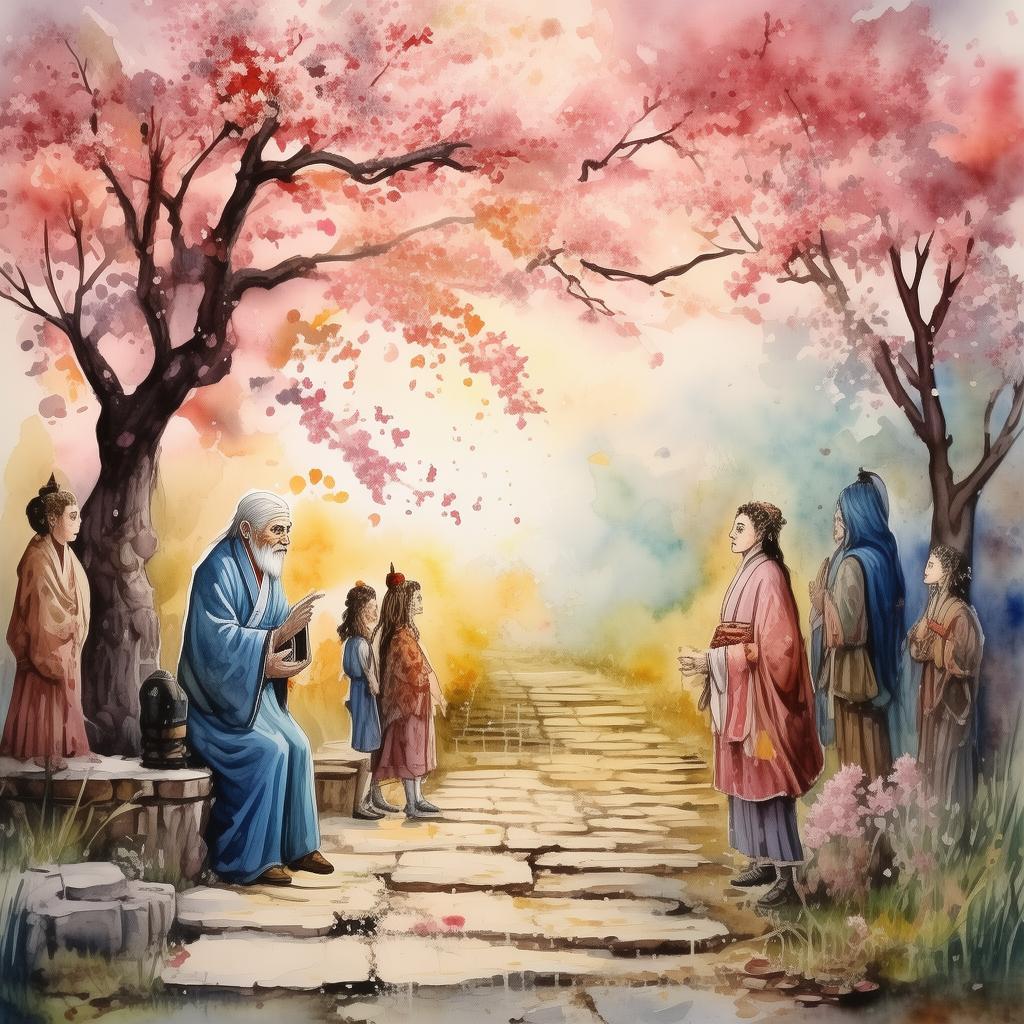
One evening, as the moon hung low in the sky, casting an ethereal glow over the city, Liang Chun sat in his dimly lit studio. His workshop was a testament to his dedication, filled with masks, costumes, and props that had seen countless performances. The air was thick with the scent of glue and ink, the echoes of his past triumphs resonating in the walls.
He reached for a mask, his fingers tracing the fine lines of a traditional Peking Opera face. It was the mask of a villain, with a twisted grin and piercing eyes. Liang Chun's hand trembled slightly as he took a deep breath. He knew what he had to do.
The next day, Liang Chun took the stage, his heart pounding with a mix of fear and anticipation. The audience, numbering in the hundreds, was silent, waiting for the master to perform. Liang Chun, his face painted in the intricate patterns of his character, began his dance. Each step was a battle against the pain, a testament to his resilience.
As the performance reached its climax, Liang Chun performed a move that required agility and grace. But as he leaped into the air, his toe gave out, and he fell to the ground, the pain searing through him. The audience gasped, their sympathy for the master palpable.
Liang Chun lay on the stage, his face contorted in pain. He closed his eyes, willing his body to comply. Then, in a burst of inspiration, he reached for a nearby mask. He placed it over his face, and as he did, the pain seemed to subside. The mask transformed him, becoming a barrier between his physical suffering and the art he loved.
With renewed vigor, Liang Chun danced again, his movements fluid and powerful. The audience was mesmerized, their hearts racing with a newfound sense of hope. Liang Chun, the master of Peking Opera, had found a way to transcend his physical limitations and perform with the same passion and grace that had defined his career.
As the final curtain fell, the audience erupted into applause. Liang Chun, still lying on the stage, took a moment to reflect. He realized that the paradox of his art and his health had not been a hindrance but a catalyst for growth. His gout had taught him that true mastery lay not in physical prowess but in the strength of one's spirit.
From that day forward, Liang Chun's performances were imbued with a new depth of emotion. He danced not just for the sake of entertainment but to honor the spirit of his art and the resilience of the human condition. His Peking Opera became a reflection of his journey, a testament to the power of perseverance in the face of adversity.
The Peking Opera's Painful Paradox A Dance of Gout's Dilemma was more than a story of art and pain; it was a story of transformation and resilience. Liang Chun's journey became an inspiration to all who witnessed it, a reminder that the true strength of an artist lies not in their physical form but in the enduring power of their spirit.
✨ Original Statement ✨
All articles published on this website (including but not limited to text, images, videos, and other content) are original or authorized for reposting and are protected by relevant laws. Without the explicit written permission of this website, no individual or organization may copy, modify, repost, or use the content for commercial purposes.
If you need to quote or cooperate, please contact this site for authorization. We reserve the right to pursue legal responsibility for any unauthorized use.
Hereby declared.
